Most commercial food businesses use heavy-duty, industrial-grade kitchen equipment. When it malfunctions, replacing it is costly. Regular basic kitchen equipment maintenance is essential to ensure kitchen equipment lasts longer and is running smoothly.
This blog article shares cleaning and maintenance tips for common kitchen equipment types.
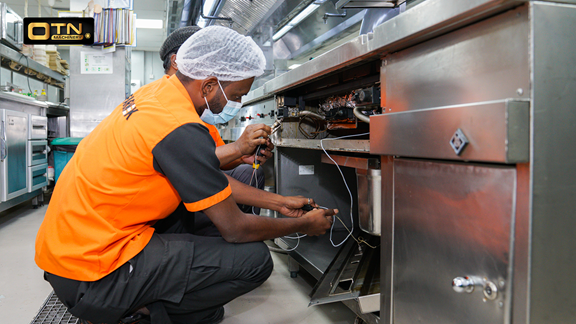
As the name suggests, preventive maintenance prevents equipment breakdown. Preventive maintenance prevents the risk of total equipment failure by finding and fixing issues early. It follows best practice maintenance strategies recommended by manufacturers.
Maintenance time varies depending on equipment type. A comprehensive inspection usually takes 2 to 7 days.
Depending on your equipment type, schedule preventive maintenance (or interval maintenance) quarterly, biannually, or annually.
Maintenance teams with trained technicians will inspect, test, and clean your equipment using a kitchen equipment maintenance checklist. They also replace or repair worn-out parts. We recommend requesting for new parts from original equipment manufacturers (OEM). Original parts are high-quality, cost less and are specifically designed for the equipment.
Preventive maintenance prevents costly repairs, last-minute service calls and long downtime.
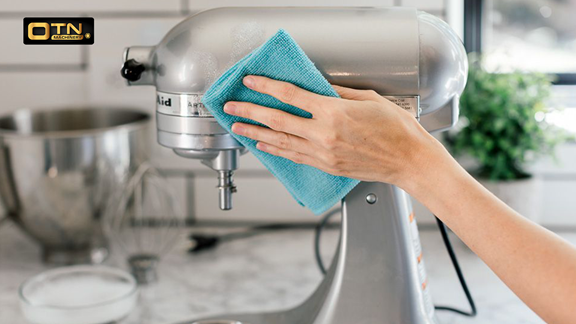
Routine maintenance activities involve daily, weekly and monthly commercial kitchen equipment upkeep, cleaning and sanitising.
You or your kitchen staff can perform routine maintenance tasks according to your supplier’s care instructions. Use a routine equipment maintenance checklist as part of your work order between shifts or at the end of the day:
There are many benefits of routine maintenance. It keeps your kitchen safe and clean. It also prevents grime and dust buildup that affects equipment efficiency.
Use our commercial kitchen maintenance and cleaning checklist template for maintaining kitchen equipment.
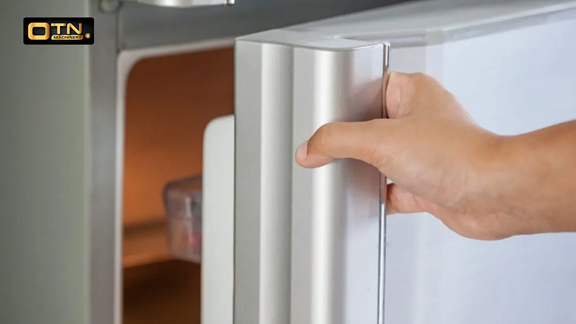
Check door gaskets and hinges for dirt, rust and damage. Remove grease and dirt with detergent and sponges.
Ensure door seals fit snugly and do not peel off or let air escape. If the handles are loose or rusty, ask a technician to replace them.
Use a screwdriver to secure the screws on loose gaskets. If you need parts replacement, ensure your technician replaces them as a set. The new parts should be specific to your refrigerator model. Ask your kitchen equipment supplier for more information.
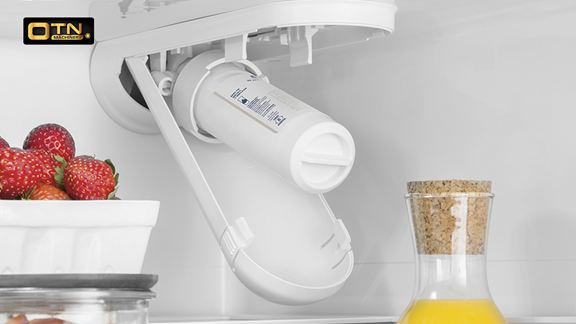
Check your filters monthly. Most refrigerator air filters are reusable and washable.
Ask a technician for help if you face difficulties.
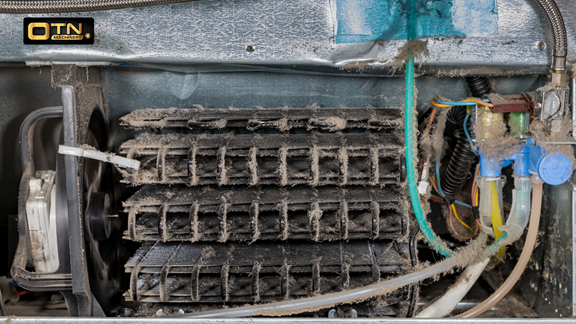
A technician will help you clean and rinse the condenser coils and evaporator coils during scheduled monthly maintenance. They use a brush, pressurised water and commercial non-acidic coil cleaner or liquid detergent. Follow your supplier’s care instructions if you are cleaning it yourself.
.png)
For blower refrigerators, ensure the fans rotate smoothly and quietly. Replace them if you notice:
Check that your replacement fan motors and blades are specific to the unit. Use store-bought lubricant to lubricate fan motors if needed.
Looking for a new refrigerator instead? Check out the top 5 refrigerator types for commercial kitchens.
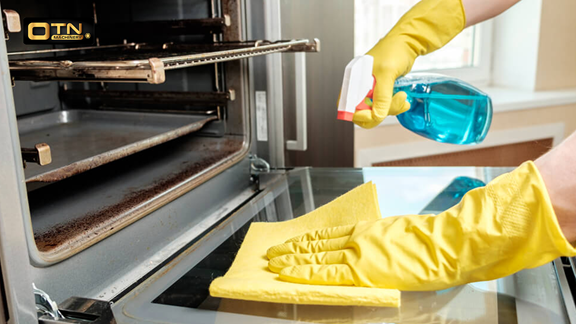
Clean your oven on a weekly and monthly basis, or if you notice unusual smells, excessive smoke, and crust buildup inside.
During preventive maintenance, technicians will lubricate and calibrate oven motors and temperature controllers.
Use this guide to help you choose a new commercial oven.
.png)
Regular deep fryer boil-outs keep your oil tank clean.
To clean exterior surfaces, wipe down with commercial detergent and degreaser.
During preventive maintenance, technicians will inspect:
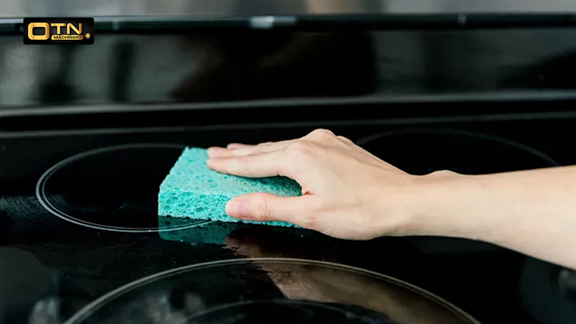
Use degreaser and detergent to clean stubborn oil stains on fire grates and knobs.
During preventive maintenance, technicians will inspect:
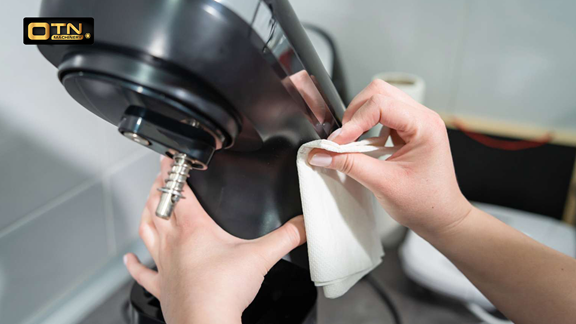
Lubricate moving parts of the blender like the drive components and shaft bearings. Doing so extends the lifespan of your blender and reduces noise and damage.
Air escapes through these vents during mixing. Clean the vents with a cloth or brush to remove accumulated dust.
Check the mixer’s pulley belts and adjust their tightness to ensure they are working properly. Replace them if they are worn out or damaged.
During preventive maintenance, technicians will inspect:
Prevent costly reactive maintenance with regular preventive and routine maintenance. It saves costs and maintenance time.
This blog explains 2 kitchen equipment maintenance processes and provides step-by-step routine maintenance instructions for 5 common kitchen equipment. If you’re looking for easy-to-maintain new equipment, check out our must-have equipment list for commercial food businesses.
OTN Machinery Sdn Bhd is Malaysia’s biggest kitchen equipment supplier with years of experience helping food businesses in Malaysia and overseas. Our equipment is compliant with local safety regulations and maintenance standards. We provide regular maintenance and repair services for all our equipment.

 Philippines
Philippines